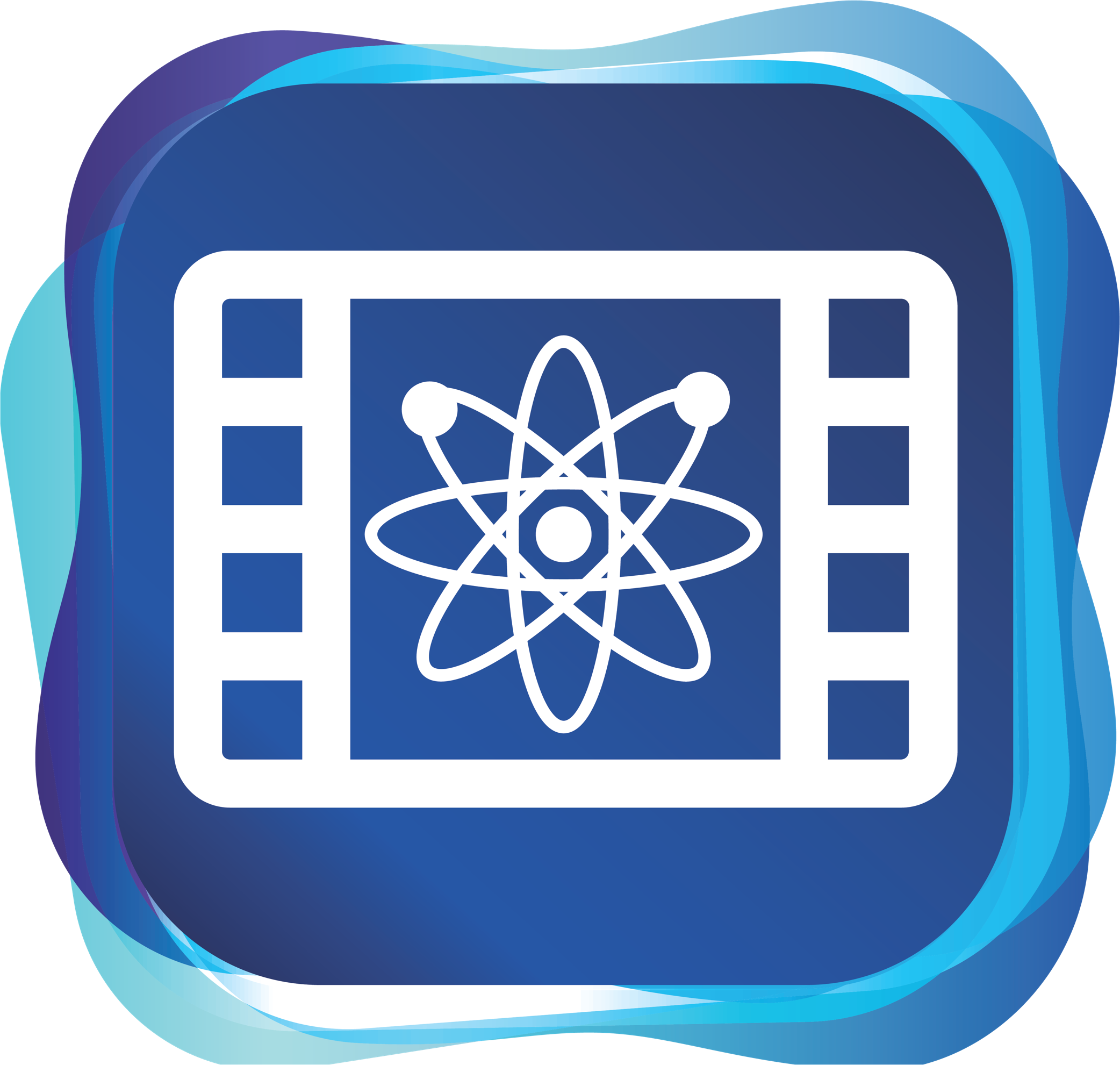 |
CCST9091 Scientific and Technological LiteracyUnveiling Science and Technology in Cinema: Past, Present, and FutureThis course is under the thematic cluster(s) of:
|
Course Description
This course explores the pivotal role of science and technology in filmmaking across various genres, including fantasy, science fiction, and superhero epics. By analysing films, students will understand how movies reflect and sometimes predict scientific advancements. The course covers how disciplines like physics, bioengineering, materials science, and artificial intelligence are portrayed and their real-world applications.
Key questions addressed include the scientific principles behind cinematic technologies, the gap between film depictions and current technologies, and the portrayal of AI in enhancing daily life. Through an examination of films from different eras, students will see the evolution of human technology and cultural shifts.
The course includes lectures, movie clip viewings, in-class exercises, guest lectures, and debates on controversial topics. It spans at least six movies, each illustrating specific scientific and technological concepts.
- “Aliens”: Focuses on autonomous surgical machines and speculative hibernation technology.
- “Jurassic Park”: Discusses genetic engineering, chaos theory, and evolution.
- “Harry Potter”: Links magical elements to real-life technologies like invisibility cloaks and GPS.
- “Spider-Man”: Covers genetic engineering, the properties of spider silk, and ethics in science.
- “Iron Man”: Explores powered armour suits, nuclear energy, AI, and nanotechnology.
- “Interstellar”: Examines theories of relativity, wormholes, black holes, and advanced robotics.

Course Learning Outcomes
On completing the course, students will be able to:
- Describe and identify the science theory behinds popular science fiction movies.
- Critically analyse the gap between the portrayal of futuristic technologies in films and the current state of scientific advancements.
- Apply understanding of Artificial Intelligence and their application in daily life.
- Create and make innovation of interdisciplinary mindset, bridging the gap between science, technology, and the arts, on the technology in the future.
- Understand the ethical, societal, and cultural implications of the portrayal of science and technology in films.
Offer Semester and Day of Teaching
Second semester (Wed)
Study Load
| Activities | Number of hours |
| Lectures | 22 |
| Tutorials | 8 |
| Reading / Self-study | 60 |
| Assessment: Video production | 30 |
| Assessment: Discussion, debate, presentation (incl preparation) | 10 |
| Assessment: Reflective journal (incl preparation) | 10 |
| Total: | 140 |
Assessment: 100% coursework
| Assessment Tasks | Weighting |
| Class participation and tutorial discussions | 40 |
| Video production | 30 |
| Reflective Journal | 30 |
Required Reading
- Brooks, P. J., Urv, T. K., & Parisi, M. A. (2023). Gene-targeted therapies: Overview and implications. American Journal of Medical Genetics Part C: Seminars in Medical Genetics, 193(1), 13-18. From https://doi.org/10.1002/ajmg.c.32033
- Christou, P. (2020). Einstein’s theory of relativity informing research relating to social sciences, tourism and the tourist experience. Current Issues in Tourism, 23(18), 2223-2229. From https://doi.org/10.1080/13683500.2019.1625310
- Feuerriegel, S., Hartmann, J., Janiesch, C., & Zschech, P. (2024). Generative AI. Business & Information Systems Engineering, 66(1), 111-126. From https://doi.org/10.1007/s12599-023-00834-7
- Gu, Y., Yu, L., Mou, J., Wu, D., Zhou, P., & Xu, M. (2020). Mechanical properties and application analysis of spider silk bionic material. E-Polymers, 20(1), 443-457. From https://doi.org/10.1515/epoly-2020-0049
- Moustris, G. P., Hiridis, S. C., Deliparaschos, K. M., & Konstantinidis, K. M. (2011). Evolution of autonomous and semi-autonomous robotic surgical systems: a review of the literature. The International Journal of Medical Robotics + Computer Assisted Surgery, 7(4), 375–392. From https://doi.org/10.1002/rcs.408
- Zhang, X., Valentine, J., Li, J., Zentgraf, T., & Bartal, G. (2009). An optical cloak made of dielectrics. Nature Materials, 8(7), 568-571. From https://doi.org/10.1038/nmat2461
Required Viewing
- Cameron, J. (Director). (1986). Aliens. Brandywine Productions; SLM Production Group. [Film]
- Columbus, C. (Director). (2001). Harry Potter and the Philosopher’s Stone. Warner Bros. Pictures. [Film]
- Favreau, J. (Director). (2008). Iron Man. Marvel Studios. [Film]
- Nolan, C. (Director). (2014). Interstellar. Syncopy; Lynda Obst Productions. [Film]
- Spielberg, S. (Director). (1993). Jurassic Park. Amblin Entertainment; Universal Pictures. [Film]
- Webb, M. (Director). (2012). The Amazing Spider-Man. Columbia Pictures; Marvel Entertainment. [Film]
Course Co-ordinator and Teacher(s)
| Course Co-ordinator | Contact |
| Professor K.W.K. Yeung Department of Orthopaedics and Traumatology, LKS Faculty of Medicine |
Tel: 2255 4654 Email: wkkyeung@hku.hk |
| Teacher(s) | Contact |
| Professor K.W.K. Yeung Department of Orthopaedics and Traumatology, LKS Faculty of Medicine |
Tel: 2255 4654 Email: wkkyeung@hku.hk |
| Dr G.W.K. Ko Department of Orthopaedics and Traumatology, LKS Faculty of Medicine |
Tel: 3917 0310 Email: gingerko@hku.hk |

